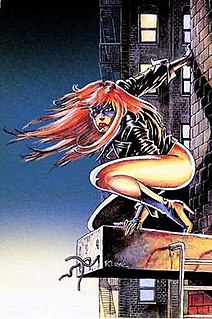 W
WCat Claw is a fictional comic book superhero created by Serbian artist Branislav Kerac and writer Svetozar Obradović.
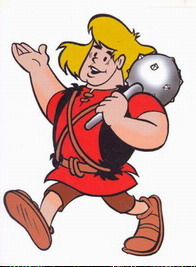 W
WDikan is a Yugoslav comic strip. The comic follows the adventures of the title character and his uncle Vukoje as they travel around the Balkans as early Slavic scouts during the 6th century. During the 1970s, Dikan was one of the most popular comics in Yugoslavia.
 W
WIl Grande Blek is an Italian western comic book, first published in Italy on October 3, 1954 by Editoriale Dardo. Blek was written and illustrated by Giovanni Sinchetto, Dario Guzzon and Pietro Sartoris, also known as trio EsseGesse.
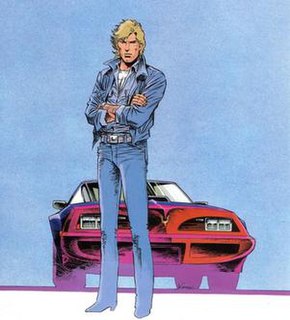 W
WKobra was a Yugoslav comic book created by artist Branislav Kerac and writer Svetozar Obradović. The main character of the comic is a young stunt man, nicknamed Kobra.
 W
WMaster of Death was a Yugoslav adventure/fantasy comic strip about the masked hero of the same name, created by artist Đorđe Lobačev. Master of Death appeared in four stories published in comic magazine Mikijevo carstvo from 1939 to 1940. Master of Death is considered one of the most notable titles of the "Golden Age of Serbian Comics".
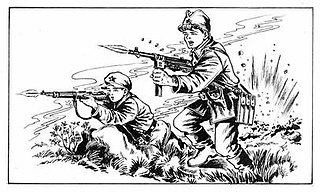 W
WMirko and Slavko was a Yugoslav comic book series about two Partisan couriers, started in 1958 and ended in 1979. The creator and the main author of the series was artist Desimir Žižović "Buin". During the 1960s and early 1970s, Mirko and Slavko was the most popular comic in Yugoslavia, becoming the only Yugoslav comic to be adapted into a live action film during the existence of the country.
 W
WNinja was a Yugoslav comic strip published by Dečje novine. Created in 1986, it was based on the series of pulp novels of the same name written by Yugoslav writer Brana Nikolić.
 W
WTarzan, a fictional character created by Edgar Rice Burroughs, first appeared in the 1912 novel Tarzan of the Apes, and then in 23 sequels. The character proved immensely popular and quickly made the jump to other media, including comics.
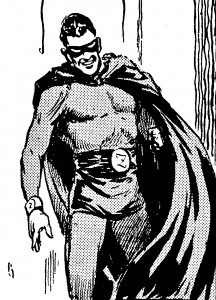 W
WZigomar was a Yugoslav adventure comic strip about the masked hero of the same name, created by artist Nikola Navojev and writer Branko Vidić. Zigomar appeared in six stories published in comic magazine Mikijevo carstvo from 1939 to 1941 and has been called one of the most notable titles of the "Golden Age of Serbian comics".